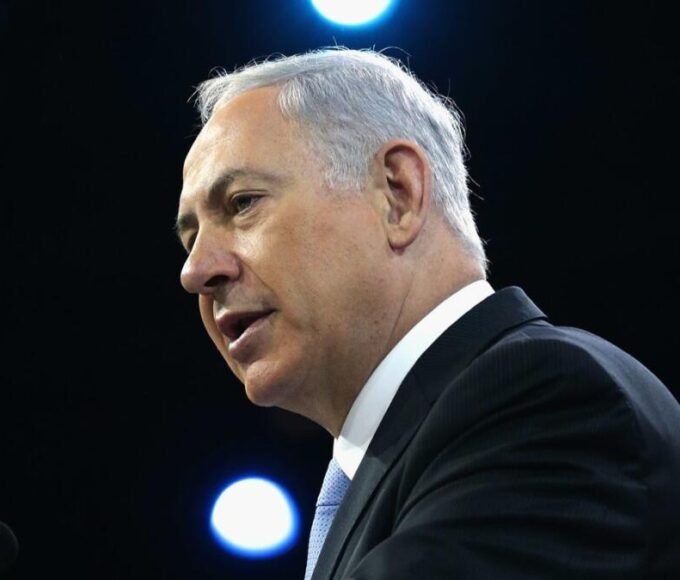Table of Contents
A Strategic Choice at the Crossroads
India’s consideration of rejoining the Regional Comprehensive Economic Partnership (RCEP) is more than a trade decision—it is a strategic choice reflecting the country’s evolving vision for its role in global commerce and regional influence. RCEP, already recognized as the world’s largest trading bloc, binds together 15 countries and nearly a third of the global economy. For India, the possibility of coming back to this powerful economic alliance signals a readiness to embrace new opportunities, address past concerns, and reshape its economic future on the world stage.
What RCEP Represents Today
RCEP is not merely a free trade agreement; it represents a bold attempt at creating an integrated economic region in Asia-Pacific and beyond. Countries from China to Australia, Japan to ASEAN members, have joined forces to form a framework reducing tariffs, encouraging investment, and fostering economic cooperation.
The agreement covers a massive economic footprint, including trade in goods and services, intellectual property protections, and digital commerce. For India, being part of this bloc means connecting with markets that hold enormous promise for Indian exports, investment, and innovation.
India’s Past Concerns and Withdrawal
India’s initial hesitation about joining RCEP was rooted in genuine concerns. The country feared a surge of inexpensive imports, particularly from China, that could disrupt domestic industries such as electronics, agriculture, and manufacturing. There were also apprehensions regarding non-tariff barriers and unequal market access.
These issues led India to step back in 2019, choosing economic self-preservation over integration. However, the economic and geopolitical landscape has shifted since then, pushing India toward reconsideration and recalibration of its earlier stance.
Shifting Dynamics in Global Trade
The last few years have witnessed massive disruptions in global trade due to geopolitical tensions, the pandemic, and supply chain realignments. India’s leaders have realized that staying outside major trade agreements could mean missing the boat on shaping new trade rules and standards.
With the U.S. and Europe focused on other strategic priorities, and China asserting dominance via trade routes and investments, India’s stake in RCEP could be a crucial counterbalance, offering greater influence and access to emerging markets.
Economic Benefits for India
India’s return to RCEP could unlock numerous economic benefits. First, access to preferential tariffs in member countries would lower costs for Indian exporters in sectors like textiles, pharmaceuticals, and IT services. This would enhance India’s competitiveness globally.
Second, RCEP’s provisions on services trade and investments could boost India’s massive service sector, which is a powerhouse of growth, employment, and innovation.
Third, the digital trade framework within RCEP aligns perfectly with India’s push for digital infrastructure and startups, presenting new avenues for cross-border e-commerce and technology partnerships.
Domestic Reforms to Support Integration
For India to truly capitalize on RCEP’s potential, domestic reforms will be crucial. Streamlining regulations, improving infrastructure, and supporting small and medium enterprises to compete internationally will be priorities. The government’s ongoing push for “Make in India,” encouraging local manufacturing, dovetails with the opportunities RCEP membership could bring by opening access to regional supply chains.
India’s policymakers are mindful that renewed engagement with RCEP requires balancing openness with protection of sensitive sectors, a nuance that will shape negotiation strategies.
The Geopolitical Implications
India’s possible re-entry into RCEP has geopolitical dimensions far beyond economics. The bloc includes China, India’s strategic competitor, and partnering within this structure would signal a pragmatic approach to balancing competition with cooperation.
India’s presence in RCEP would strengthen its voice in setting trade rules, potentially moderating China’s influence. It would also deepen ties with ASEAN countries, Australia, and Japan, reinforcing India’s role in regional alliances aimed at a balanced Indo-Pacific order.
RCEP and India’s Vision for Global Leadership
India’s aspirations for global leadership rest on economic strength and diplomatic influence. By rejoining RCEP, India is signaling its readiness to engage constructively with neighbors while asserting its position as a responsible and influential actor in shaping Asia’s economic architecture.
This move would complement India’s participation in other regional groupings like the Quad and further integrate it into the global supply chains critical for long-term growth.
Challenges Ahead
Despite the potential, India faces challenges in returning to RCEP. Sensitive sectors that previously resisted open competition will need reassurance. Negotiators must address concerns related to rules of origin, dispute resolution mechanisms, and regulatory harmonization without compromising India’s development priorities.
Building domestic consensus, managing international expectations, and ensuring equitable benefits will require careful diplomacy and robust policy frameworks.
The Role of Indian Industry and Stakeholders
Indian businesses, startups, and industry bodies will play a vital role in this transition. Many look forward to expanded market opportunities, while others remain cautious about competition. Engaging these stakeholders in the negotiation process and preparing them for the changing trade landscape will be essential for a smooth integration.
Awareness campaigns around the benefits of RCEP integration could help create a more favorable environment domestically.
What the Future Could Look Like
Imagine a future where India, integrated into the world’s largest trade bloc, sees its products and services seamlessly flowing into Asian markets and beyond. Imagine Indian startups collaborating with partners across countries, leveraging digital commerce to scale rapidly. Imagine Indian agriculture products finding shelves in Australia and Japan with ease.
This vision is within reach if India can strategically manage its return to RCEP with confidence and clarity.
Conclusion: Embracing a New Chapter
India’s potential return to RCEP marks a hopeful and strategic new chapter. It symbolizes a commitment to globalization balanced with safeguarding national interests. As India stands at this crossroads, the decisions made could redefine its economic trajectory and regional influence for decades.
With thoughtful negotiation, inclusive policy-making, and a vision that embraces partnership without compromising sovereignty, India’s reintegration into RCEP could become a powerful catalyst for growth, stability, and leadership in the 21st century world economy.
Read More: Historic Turn: Trump Hints at Meeting Kim During Seoul Talks











Leave a comment